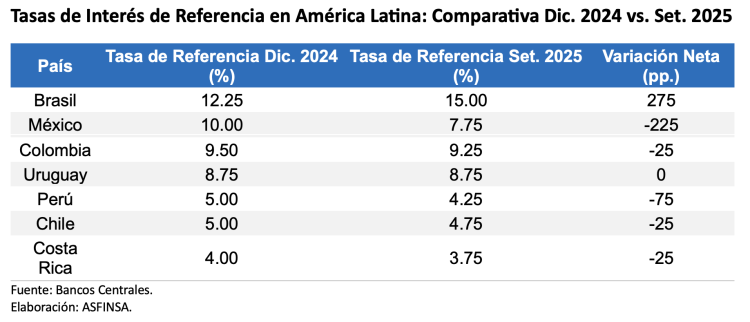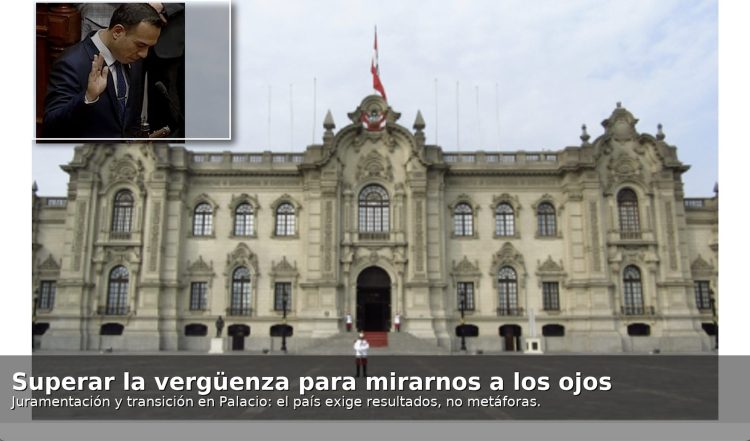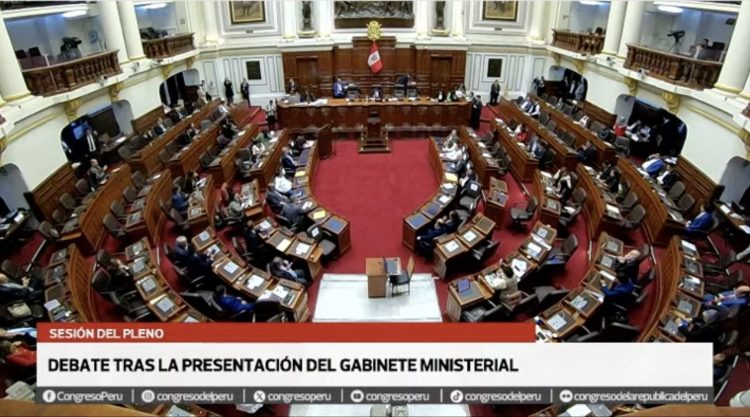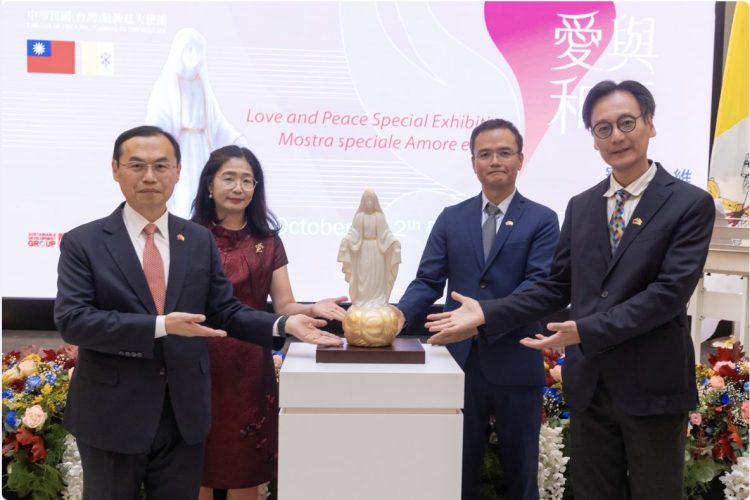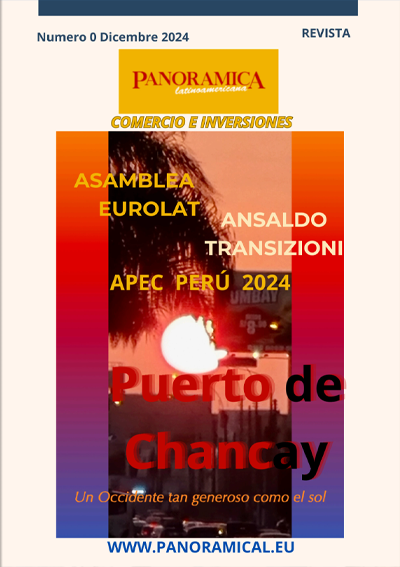Numerous commemorative events are organized in Belgium and France between 2014 and 2018 to mark the centennial of the 1914-1918 war, known in Great War.
In the Latin America history of the twentieth century, the First World War appears as a marginal episode.
The Great War is always present for people who live near the former front line. Almost every day, the earth delivers shells, bones and objects that reflect the fierce fighting that took place a hundred year ago.
The Great War led to numerous technical and social developments : women replaced men in the economy and in industry, armaments were modernized, as well as battle tanks and the nascent aviation. Logistics became essential to supply the front, to heal the wounded, to communicate over a front hundreds of kilometres long. Reconstructive surgery laid the foundations of modern cosmetic surgery; the fight against diseases raised hygiene standards and modern medical monitoring; military medicine shaped medicine today.
 The conflict was photographed, filmed, and sometimes in color or in relief. Used for purposes of propaganda, these images also reflected the reality of combat.
The conflict was photographed, filmed, and sometimes in color or in relief. Used for purposes of propaganda, these images also reflected the reality of combat.
The Great War led to a changed world where European empires gave way to a growing east-west balance, where the new Europe found its place, eager for peace.
The war also affected several regions outside Europe: the European colonial empires from where local populations were sent to fight in Europe, China and Japan fought alongside the Entente powers, Australia and New Zealand. It caused the first intervention of the United States outside of the Americas. In Russia, the tsarist regime was destroyed while the Bolshevik Revolution imposed itself.
The sinking of the British liner «Lusitania» by the Germans in 1915, is one of the strongest images of the First World War when Germany started the submarine warfare in the Atlantic. This warfare destroyed the merchant navies of the Latin American countries carrying goods manufactured in Europe to the South American continent. We must not forget that these same Germans also sunk the «Paraná» under Brazilian flag off Barfleur and «Monte Protegido» from Argentina in April 1917.
Hundreds of Latin Americans were committed to the war effort in Europe and fought in European armies between 1914 and 1919 in the ranks of the French armies, or alongside the Germans, Austro-Hungarians or Ottomans. The best known example is that of Rafael de Nogales Mendez (1879-1936), Venezuelan serving in the Ottoman army with the rank of colonel (Bey).
The Latin American countries remained neutral until the entry into the war of the United States. In April 1917, Panama and Cuba also declared war on Germany. These countries were joined by Brazil in October 1917. Between April and July 1918, Costa Rica, Guatemala, Haiti, Honduras and Nicaragua joined the conflict conflict. Bolivia, the Dominican Republic, Ecuador, Peru, Uruguay and El Salvador broke diplomatic relations with Germany. Finally, Argentina, Chile, Colombia, Mexico, Paraguay, Venezuela maintained their neutrality until the end of the war.
However, Latin America was greatly affected by the conflict in Europe before 1917. It maintained financial and commercial links with negative economic effects, particularly because of inflation resulting from the war economy. The European conflict had stifled the economy of the region, upsetting the Latin American trade to Europe. South America suffered from the drying up of capital flows from the belligerent European countries, including Britain, France and Germany. A long series of economic and financial crises ensued (supply shortages, rampant inflation, shortage of funds and declining state revenues). Alongside these economic difficulties, social unrest gave rise to the first labour movements.
In Latin America, in October 1917, the Brazilian government submitted to Congress a request for the «recognition of the state of war initiated by the German Empire against Brazil.» The military contribution of the country was rather symbolic. It was limited to the incorporation of thirteen squadrons of the Royal Air Force. Decimated by the Spanish flu in 1918 during a stopover in Senegal, a fleet of six ships and 1,500 men never took part in the fighting. However the Brazilian government sent a medical mission to Paris which stayed there until 1919 to treat wounded soldiers.
Argentina also remained neutral. President Hipolito Yrigoyen, supporting the principle of self-determination and equality of nations against the great powers, maintained neutrality with strong appeals to the belligerents on both sides. In 1917, he convened a congress of non-belligerent Latin American nations to define a common position on the First World War, which failed after strong opposition from the United States. Regarding the Treaty of Versailles and creating the League of Nations, he supported the separation of the two acts, with the idea that the Treaty was related to the belligerent countries, and that the League should be on the basis of a voluntary association of all nations of the world, including the colonized nations on the basis of equality.
As for Chile, it was also declared neutral but the consequences of the European war and poor economic policies had produced a severe economic downturn, aggravated by the beginning of social struggles.
Washington showed political ambitions in Latin America that raised discontent in the continent. Many rifts in the Brazilian and Argentine social order led to a split between those who supported the war and took part in it on the one hand and those advocating neutrality on the other. The interwar period was marked by the strengthening of nationalism in South American. A renaissance on national identity rooted in the traditions to the Latin American continent developed after 14-18.
The war sustained lively intellectual debates in South America. The violence of the clashes that war had generated led to a distancing from old Europe. Finally, the Great War mainly led to the loss of attraction of the European model and the awareness of the end of the political and cultural hegemony of Europe.


